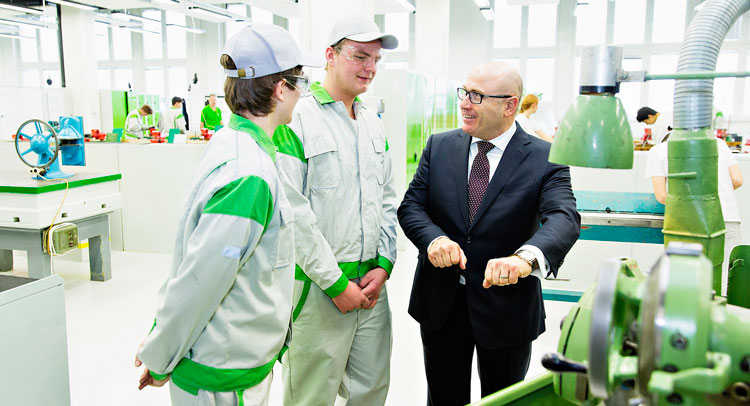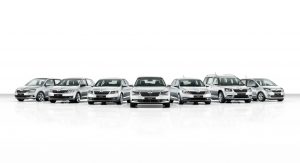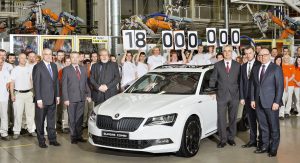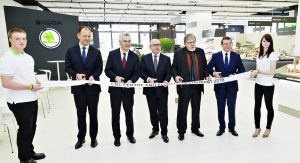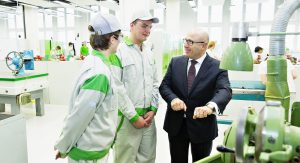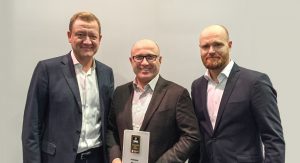In between celebrating Octavia milestones and developing a production version of the VisionS study, Skoda is keeping investments flowing in its largest global market, China.
In the presence of China’s and the Czech Republic’s presidents, a memorandum was signed between Volkswagen, Saic Motor Corporation Limited and Skoda Auto, which includes a plan to invest around €2 billion ($2.2 billion) over the next five years in the development of the Skoda model range in China.
“With today’s agreement we’ll be strengthening our brand’s presence on the Chinese market. In the coming years, we’ll rapidly expand Skoda’s offering to include forward-looking vehicle concepts and modern technology. Our aim is to double Skoda deliveries in China by 2020“, said the brand’s CEO, Bernhard Maier.
With its joint venture partner, Skoda is preparing a comprehensive SUV campaign for the Chinese market, during which the VisionS concept will be presented locally for the first time at the end of April. The study provides a glimpse of a new large Skoda SUV, which will reportedly debut in production form at the 2016 Paris Motor Show, going on sale in Europe shortly after.
The Old Continent won’t be the only market where the Czech automaker plans to offer the Kodiak (name not confirmed), as this will hit dealerships across China in the first half of 2017. Skoda is optimistic when it comes to the success of the upcoming SUV in the Asian country, as customers have shown interest in the Yeti, produced at the Anting plant, with a 6 cm longer wheelbase compared to the European version.
Up to date, Skoda has sold more than 1.7 million vehicles in China, after it launched local production in mid-2007, with the Octavia at the heart of the brand. In close cooperation with Saic Volkswagen Automotive Company Limited, the automaker began production of the Fabia supermini the following year, at the Anting plant, near Shanghai, with the facility celebrating the millionth Skoda produced in China, almost three years ago. Skoda’s deliveries in China have increased from 27,300 units, in 2007, to 281,700 in 2015.



